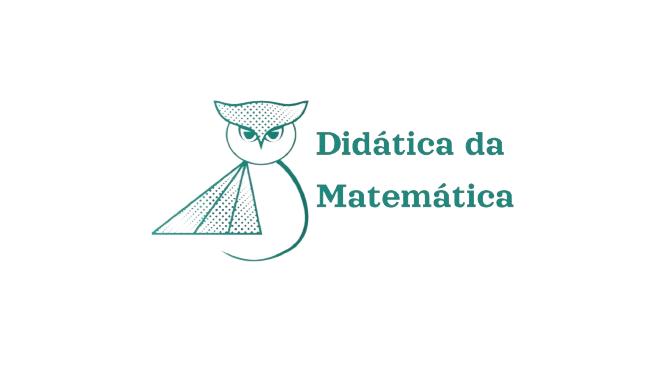Seja ŵ a instância de referência. Sejam ȶ0 e ȶ1 duas vezes sucessivas. Como podemos entender a seguinte declaração semiformalidade ŵ ⊦ [R (î, o) em ȶ1 é “melhor” do que R (î, o) em ȶ0]? No início, ŵ tem em mente o par ordenado n̄ = (î, o), denominado base cognitiva. Essa base será completada para que ŵ possa chegar a um julgamento. Para fazer isso, devemos assumir que ŵ também prevê uma instância posicional (I, p) cuja relação com o, RI (p, o), é considerada por ŵ como um ponto de referência contra o qual R (î, o) pode ser avaliado: quanto mais R (î, o) será reconhecido como “Perto” de RI (p, o) e melhor parecerá. Mas isto não é o suficiente. A instância de referência ŵ também deve considerar uma instância avaliadora v̂, que deve julgar a “Proximidade” de R (î, o) a RI (p, o). A tripla ṉ = (I, p, v̂) é a estrutura de referência cognitiva. Se ŵ, ou seja, a instância de referência, é um professor y, a relação RI (p, o) pode ser aquela esperada no exame para o qual y está preparando os alunos x = î, sendo a instância avaliadora v̂ a banca examinadora. O quíntuplo ñ = n̄ ⁀ṉ = (î, o, I, p, v̂) é um núcleo cognitivo (ou kernel). As instâncias (I, p), v̂ e até î, são muitas vezes meramente imaginadas por ŵ e são, portanto, respectivamente denotados por * I, * p, * v̂ ou * î. O núcleo cognitivo correspondente, * ñ, é escrito conforme o caso, (î, o, * I, * p, * v̂), (î, o, * I, * p, v̂ ), (î, o, I, * p, * v̂ ), etc. Os núcleos cognitivos são, portanto, frequentemente subdefinidos. Observe que, é claro, podemos ter, por exemplo, v̂ = ŵ ou então v̂ = î. A instância de avaliação v̂ deve ser capaz de pronunciar julgamentos como “R (î, o) está em conformidade com RI (p, o)” ou “não está em conformidade com RI (p, o)”, que devem ser denotados, respectivamente, por R (î, o) ≅ RI (p, o) e R (î, o) ≇ RI (p, o). Mas também se assume que v̂ é capaz de estimar um “grau de conformidade” φ (R, R̄) entre R = R (î, o) e R̄ = RI (p, o). Dadas as relações R e R ′ a o, geralmente temos um dos três seguintes veredictos: v̂ ⊦ φ (R, R̄ ) <φ (R ′, R̄ ); v̂ ⊦ φ (R, R̄ )> φ (R ′, R̄ ); v̂ ⊦φ (R, R̄ ) ≈ φ (R ′, R̄ ). Em particular, R e R ′ podem ser respectivamente a relação R (î, o) nos tempos ȶ e ȶ′, com ȶ < ȶ′. A noção de núcleo cognitivo é a noção sobre a qual depende o conceito decisivo de uma situação possivelmente didática.
Texto Original
Cognitive nucleus. Let ŵ be the reference instance. Let ȶ0 and ȶ1 be two successive times. How can we make sense of the following semi-formalised statement ŵ ⊦ [R (î, o) at ȶ1 is “better” than R (î, o) at ȶ0]? At the start, w has in mind the ordered pair n̄ = (î, o), called the cognitive base. This base will be completed so that w can arrive at a judgment. To do so, we must assume that w also envisages a positional instance (I, p) whose relation to o, R1(p, o), is regarded by ŵ as a reference point against which R (î, o) can be evaluated: the more R (î, o) will be recognized as “dose” to RI (p, o) and the better it will appear. But this is not enough. The reference instance w must also consider an evaluating instance v̂, which is supposed to judge the “proximity” of R (î, o) to RI (p, o). The triple ṉ = (I, p, v̂) is the cognitive reference frame. If ŵ, i.e., the reference instance, is a teacher y, the relation RI(p, o) may be the one expected at the exam for which y is preparing the students x = î, the evaluating instance î) being the examination board. The quintuple ñ = n̄ ⁀ṉ = (î, o, I, p, v̂) is a cognitive nucleus (or kemel). The instances (I, p), v̂, and even î, are often merely imagined by ŵ and are therefore respectively denoted by *I, *p, *^v or *î. The corresponding cognitive nucleus, * n, is written as the case may be (î, o, * I, * p, * v̂ ), (î, o, * I, * p, v̂ ), (î, o, I, * p, * v̂ ), etc. Cognitive nuclei are therefore frequently underdefined. Note that, of course, we can have, for example, v̂ = ŵ or else v̂ = î. The evaluating instance v̂ is supposed to be able to pronounce judgments like “R(î, o) conforms with RI(p, o)” or “does not conform to RI(p, o)”, which are to be denoted, respectively, by R (î, o) ≅ RI (p, o) and R (î, o) ≇ RI (p, o). But it is also assumed that í) is able to estimate a “degree of conformity” φ (R, R̄ ) between R = R (î, o) and R̄ = RI (p, o). Given relations R and R’ to o, we usually have one of the three following verdicts: v̂ ⊦ φ (R, R̄ ) <φ (R ′, R̄ ); v̂ ⊦ φ (R, R̄ )> φ (R ′, R̄ ); v̂ ⊦φ (R, R̄ ) ≈ φ (R ′, R̄ ). ln particular, R and R’ can be respectively the relation R(î, o) at times ȶ and ȶ′, with ȶ < ȶ′. The notion of cognitive nucleus is the notion on which hinges the decisive concept of a possibility didactic situation.
